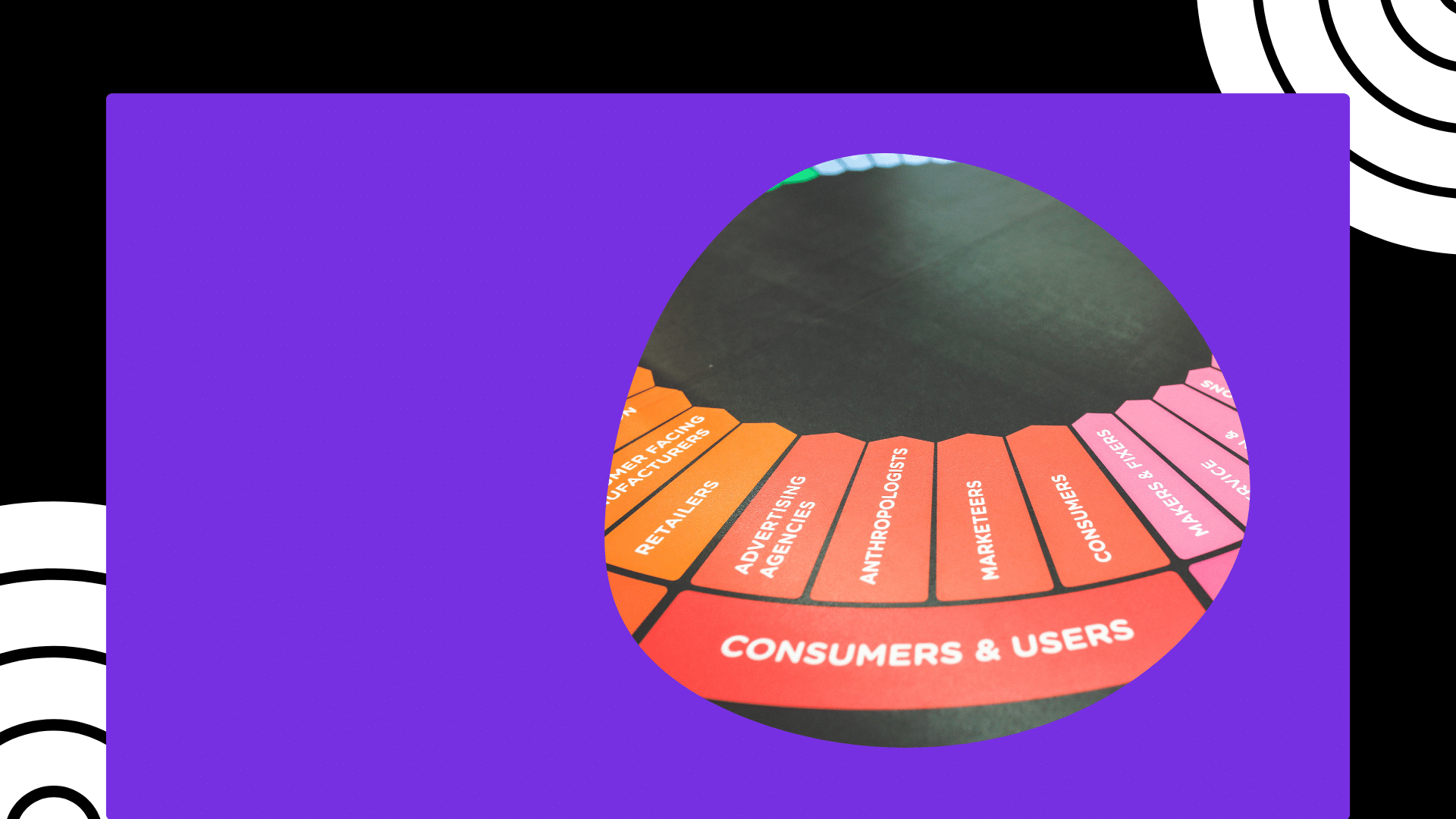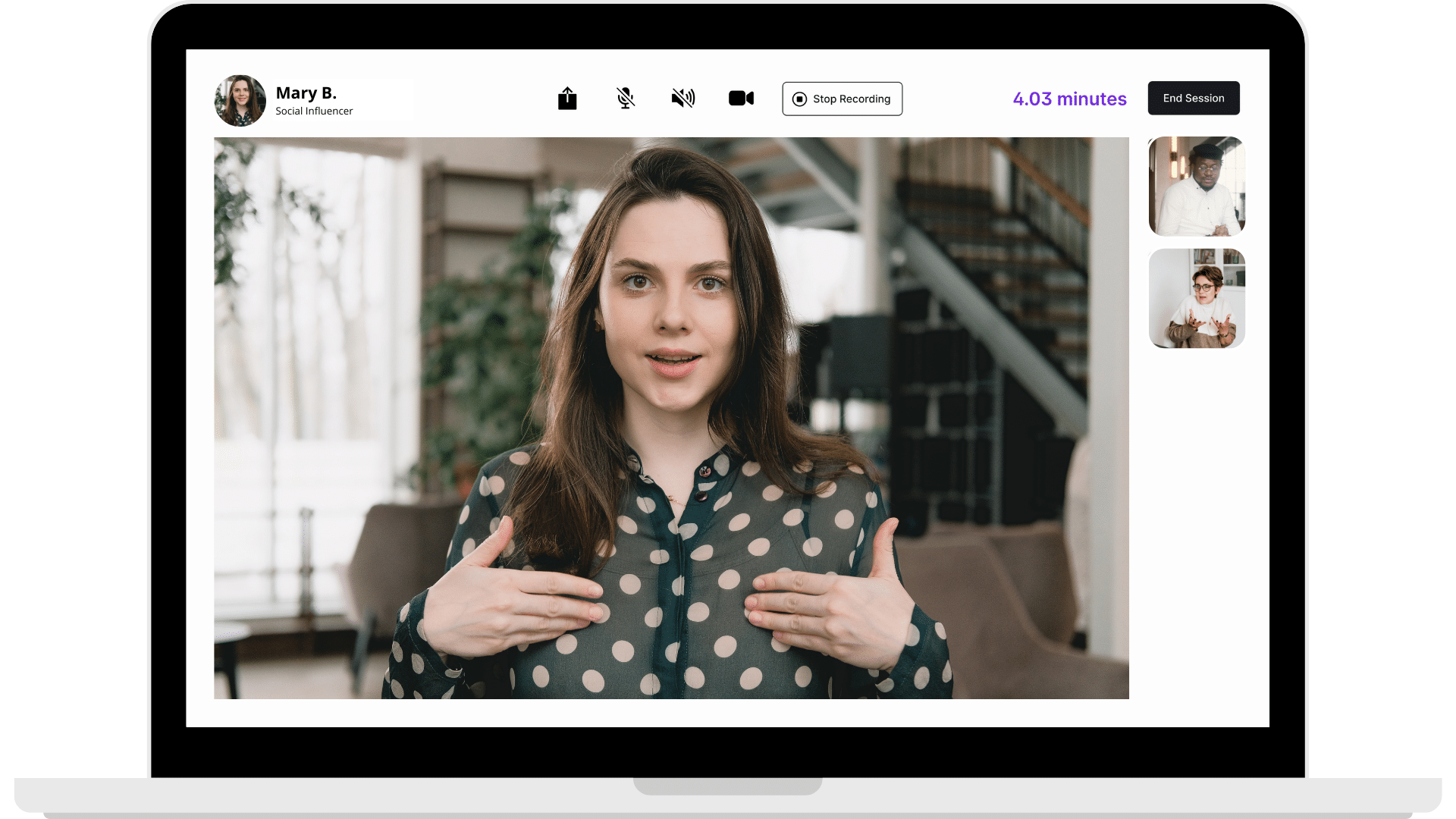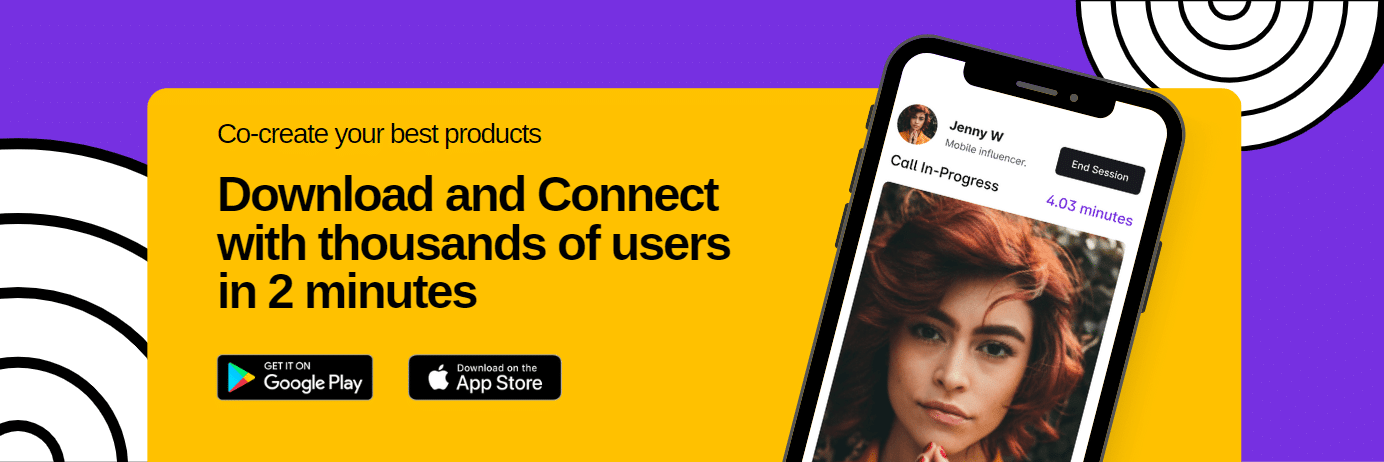
Lightster and OpenVC: Powering Early-Stage Entrepreneurship Through Co-Creation
April 12, 2023The Ultimate Guide to Tracking Customer Feedback over Time
April 24, 2023
Lightster and OpenVC: Powering Early-Stage Entrepreneurship Through Co-Creation
April 12, 2023The Ultimate Guide to Tracking Customer Feedback over Time
April 24, 2023
Gain insights from successful examples and learn the best practices
Data-Driven Design: How to Analyze User Interview Data for Better UX
If you want to improve the user experience of your product or service, gathering user feedback is a great way to get insights into what your users want and need. But how do you turn all that feedback into meaningful insights that can be used to solve problems and improve your product?
Here are some best practices for analyzing user interview data.
Record and transcribe interviews
When conducting user interviews, it's important to have a record of what was said during the interviews. One way to do this is to record and transcribe the interviews.
At Lightster, our creators have the ability to record sessions and get the session transcription automatically with voice recognition and AI-enabled annotation. This allows them to refer back to the interviews at any time, ensuring that they have accurate and complete information when analyzing the data. Plus, it saves time by eliminating the need for manual transcription. With this feature, creators can focus on listening to the interviewees and asking follow-up questions instead of worrying about taking detailed notes.
For example, Nobul used user interview data to identify that users were often overwhelmed by the amount of choice when searching for a place to stay. By transcribing the interviews, they were able to search for key themes and patterns in the data.

Code the data
Once you have transcribed the interviews, you need to code the data. This involves categorizing responses into different themes or topics.
Slack used user interview data to identify that users found it difficult to find important messages in busy channels. They coded the data to identify common themes and patterns, which helped them create a "pinned items" feature that allows users to pin important messages to the top of a channel, making them easier to find.
Use qualitative analysis
Qualitative analysis involves analyzing the data to identify themes and patterns. This can be done manually or using software, such as Lightster.
When creating personas based on user interview data, Airbnb used qualitative analysis to identify key themes and patterns in the data that could be used to inform design decisions.
Use quantitative analysis
Quantitative analysis involves analyzing numerical data, such as ratings or rankings. This can be done using statistical software, such as SPSS or Excel.
For example, when analyzing user interview data to improve the user experience of their app, Fitbit used quantitative analysis to identify which features were most important to their users.
Create personas
Personas are fictional characters that represent different types of users. Creating personas based on user interview data helps to create empathy with users and can be used to inform design decisions.
For example, when creating personas for their website redesign, MailChimp used user interview data to create personas that reflected the different types of users who use their service.

Share insights with stakeholders
Once the data has been analyzed, it's important to share the insights with stakeholders. This helps to ensure that everyone involved in the design process has a shared understanding of the user needs and can inform design decisions.
For example, when analyzing user interview data to improve the user experience of their app, Headspace shared the insights with their design team and used them to inform the redesign of their app.
By following these best practices, you can gain meaningful insights from user feedback and use them to make informed design decisions. Remember, the key is to listen to your users and use their feedback to improve the user experience of your product or service.
Lightster is on a mission to empower everyone to be a co-creator of products they love to use. Get access to thousands of communities within seconds so you can build together with users.
